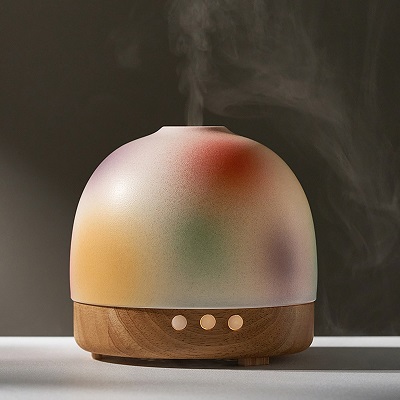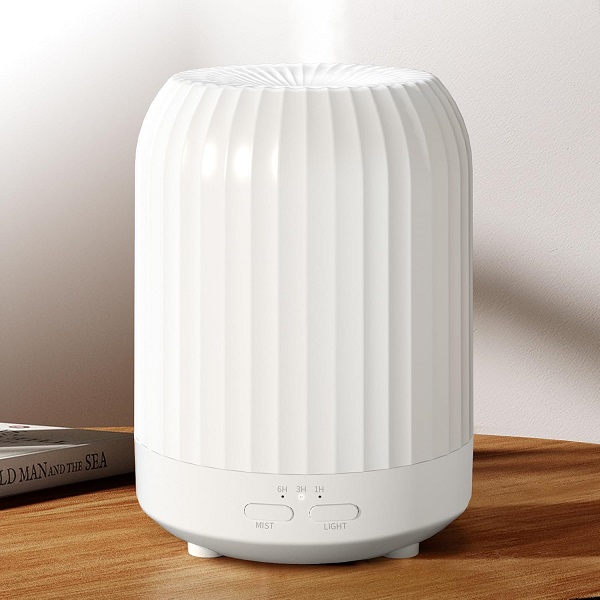The aromatherapy diffuser market in the United States has experienced significant growth over the past decade, driven by increasing consumer interest in wellness, self-care, and holistic health practices. Aromatherapy diffusers, which disperse essential oils into the air to create a calming or invigorating atmosphere, have become a popular household item, particularly among millennials and Gen Z consumers. This analysis explores key trends, market drivers, challenges, and future opportunities in the U.S. aromatherapy diffuser market.
Market Overview
The U.S. aromatherapy diffuser market is part of the broader wellness industry, which has seen exponential growth as consumers prioritize mental and physical well-being. According to recent market research, the aromatherapy diffuser market was valued at approximately $1.5 billion in 2022 and is projected to grow at a compound annual growth rate (CAGR) of 8-10% through 2030. This growth is fueled by the rising popularity of essential oils and the increasing adoption of aromatherapy as a complementary health practice.
Key Trends
- Rising Demand for Home Wellness Products: The COVID-19 pandemic accelerated the demand for home-based wellness products, including aromatherapy diffusers. With more people spending time at home, consumers sought ways to create relaxing and therapeutic environments.
- Technological Advancements: Modern diffusers now come with advanced features such as smart connectivity, customizable mist settings, and longer run times. These innovations cater to tech-savvy consumers looking for convenience and personalization.
- Sustainability and Eco-Friendliness: Consumers are increasingly drawn to eco-friendly products made from sustainable materials. Brands that emphasize recyclable packaging, non-toxic materials, and energy-efficient designs are gaining traction.
- Integration with Smart Home Systems: The integration of aromatherapy diffusers with smart home devices, such as Amazon Alexa and Google Home, is a growing trend. This allows users to control their diffusers remotely and create personalized routines.
Market Drivers
- Growing Awareness of Mental Health: As mental health awareness increases, more consumers are turning to aromatherapy as a natural way to reduce stress, anxiety, and improve sleep quality. Essential oils like lavender, eucalyptus, and peppermint are particularly popular for their therapeutic benefits.
- Influence of Social Media and Influencers: Platforms like Instagram, TikTok, and Pinterest have played a significant role in popularizing aromatherapy diffusers. Influencers and wellness advocates often showcase these products, driving consumer interest and sales.
- Expansion of Distribution Channels: The availability of aromatherapy diffusers through online retailers (e.g., Amazon, Walmart), specialty stores, and direct-to-consumer brands has made these products more accessible to a wider audience.
Challenges
- Market Saturation: The growing popularity of aromatherapy diffusers has led to an influx of products, resulting in a highly competitive market. Differentiating products through unique features or branding is becoming increasingly challenging.
- Quality Concerns: The market is flooded with low-cost, low-quality diffusers, which can lead to consumer dissatisfaction. Ensuring product quality and safety is critical for maintaining brand reputation.
- Regulatory Issues: While essential oils are generally considered safe, there is limited regulation in the aromatherapy industry. This can lead to inconsistencies in product quality and claims, potentially undermining consumer trust.
Future Opportunities
- Targeting Niche Markets: There is potential for growth in niche segments, such as diffusers designed for children, pets, or specific health conditions like allergies or respiratory issues.
- Collaborations and Partnerships: Collaborating with wellness brands, spas, or healthcare providers can help companies expand their reach and credibility.
- Focus on Education: Educating consumers about the benefits of aromatherapy and proper usage of diffusers can drive adoption and loyalty. Brands that invest in content marketing and workshops may gain a competitive edge.
- Global Expansion: While the U.S. market is mature, there are opportunities to expand into international markets where aromatherapy is gaining popularity, such as Europe and Asia.
Conclusion
The U.S. aromatherapy diffuser market is poised for continued growth, driven by consumer demand for wellness products, technological advancements, and the increasing integration of aromatherapy into daily life. However, companies must navigate challenges such as market saturation and quality concerns while capitalizing on emerging opportunities in niche segments and global markets. By focusing on innovation, sustainability, and consumer education, brands can position themselves for long-term success in this dynamic industry.
Post time: Mar-04-2025

